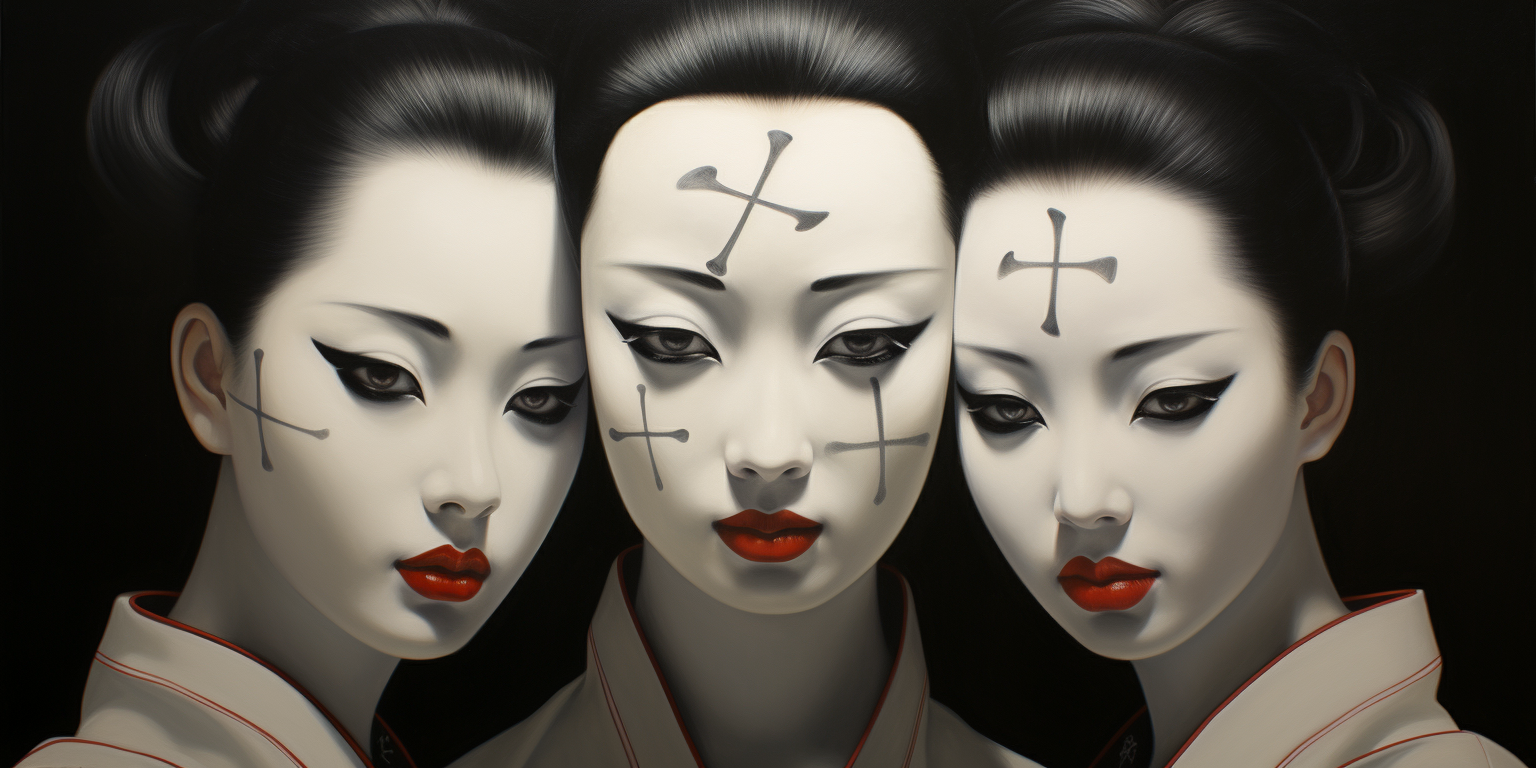
The concept of having three faces is an intriguing facet of Japanese culture, offering a profound insight into the way individuals present themselves in different social contexts. This philosophy can be dissected to understand its deep-rooted significance in personal and societal interactions.
The First Face: The Public Persona
The first face represents the image we project to the outside world. This is often a polished, controlled version of ourselves, meticulously curated to adhere to societal norms and expectations. In the Japanese context, this face is vital in maintaining harmony and respect in society. It’s about upholding social etiquette, a concept known as “Tatemae” in Japanese, which refers to the behavior and opinions one displays in public. This face is not necessarily inauthentic; rather, it is a necessary adaptation to coexist peacefully in a community.
The Second Face: The Intimate Self
The second face is the one shown to close friends and family. This is a more authentic representation of oneself, but still guarded. In this sphere, personal beliefs, fears, and joys are shared, but there is still a level of restraint. This face reflects the Japanese value of “Hon’ne,” meaning true feelings and desires. It’s a more genuine reflection of one’s personality, yet it’s not entirely unfiltered. The Japanese culture, which often values group harmony over individual expression, might influence the extent to which this face is revealed even to those closest to us.
The Third Face: The Hidden Core
The third face, the one you never show anyone, is perhaps the most fascinating. It represents our deepest, most genuine self. This is the aspect of our personality that is completely unguarded, free from the influence of societal expectations or familial obligations. In Japanese culture, where conformity and harmony are highly valued, this hidden face is often deeply private and seldom explored openly.
This face might encompass our deepest fears, unspoken dreams, or unconventional thoughts. It’s a sanctuary of self-reflection and authenticity that is shielded from external judgment. The existence of this face acknowledges that no matter how close we are to someone, there are facets of our identity that remain solely ours.
The concept of three faces in Japanese culture offers a window into understanding how individuals navigate their social world. It acknowledges the complex layers of human interaction and the varying degrees of authenticity we display in different spheres of our lives. This philosophy is not unique to Japan; it resonates universally, as we all wear different masks in various settings. Understanding and respecting these faces can lead to deeper empathy and connection in our interactions with others.










